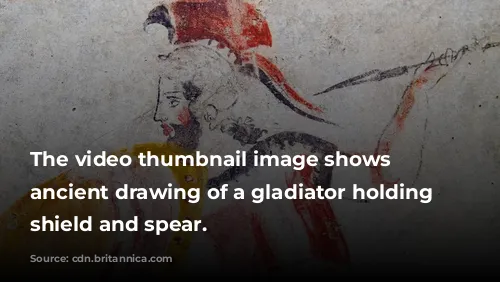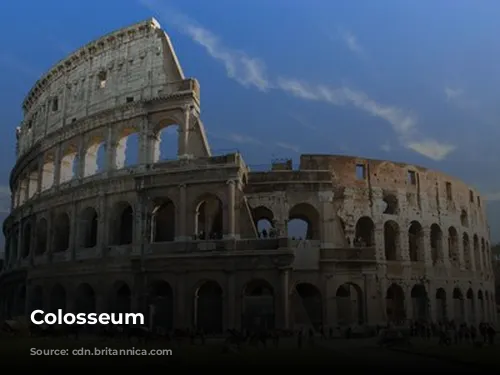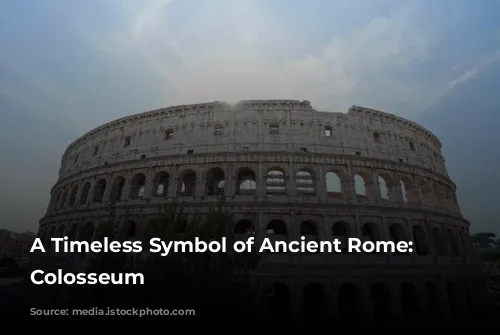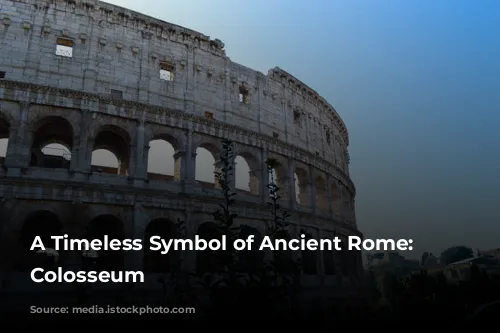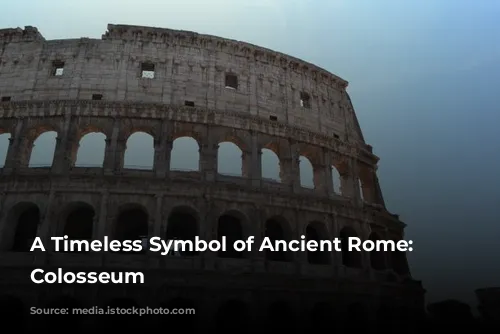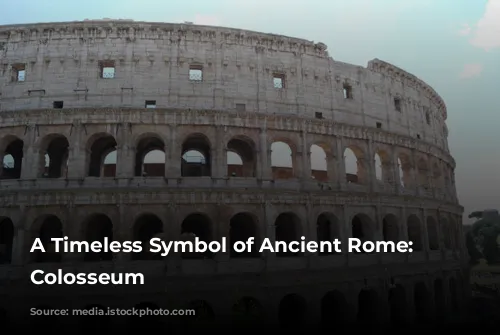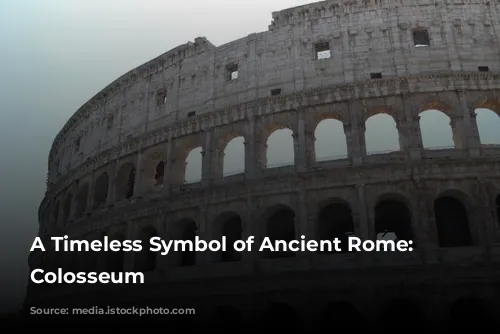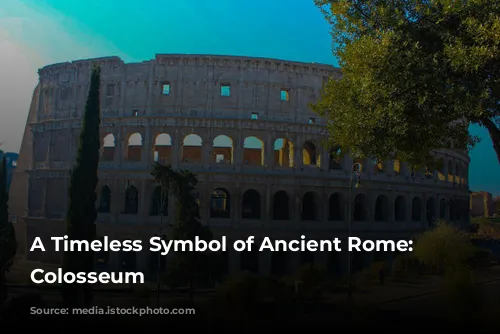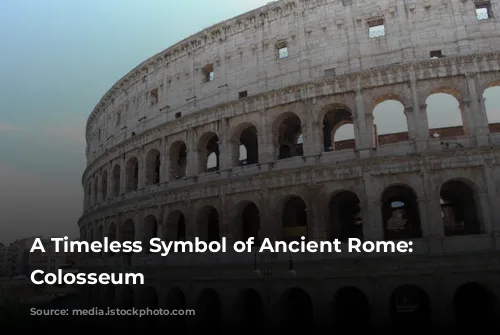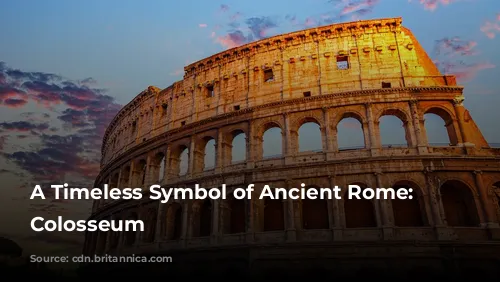The Colosseum, an awe-inspiring testament to Roman architectural brilliance, stands as one of the few largely intact structures of the Roman Empire. Its colossal size and enduring presence make it a magnet for tourists and a source of pride for Italy. The Colosseum, along with the Roman Forum and Palatine Hill, generated a staggering $63.3 million (€53.8 million) in tourism revenue in 2018, making it the most popular tourist attraction in all of Italy.
The Colosseum’s journey through time has been as dramatic as the spectacles it once hosted. After the decline of the Western Roman Empire, the once-glorious arena fell into a state of disrepair. During the 12th century, the powerful Frangipane and Annibaldi families saw the Colosseum as a strategic fortress, repurposing the arena for their own defense. In the late 15th century, Pope Alexander VI, in a move seemingly driven by greed, allowed the Colosseum to be plundered for building materials. For over a thousand years, the Colosseum was neglected, its once-magnificent stones used for other projects. Finally, in the 1990s, state-funded restoration efforts breathed new life into this architectural gem.
A Monument to Imperial Grandeur
The Colosseum’s construction was driven by the ambition of Emperor Vespasian, who aimed to revitalize Rome following the chaos of the “Year of the Four Emperors” in 69 CE. Just as with other amphitheatres, Vespasian envisioned the Colosseum as a place for public entertainment. The Romans could lose themselves in thrilling gladiatorial combat, marvel at exotic animals, and even witness mock naval battles, all within the walls of this massive arena.
The construction of this architectural marvel began under the reign of Emperor Vespasian between 70 and 72 CE. His son and successor, Titus, dedicated the completed structure in 80 CE. The final touch was added by Emperor Domitian in 82 CE, who erected the Colosseum’s fourth story. It is important to note that the funds used to build the arena were acquired from the plunder of Jerusalem in 70 CE, and the workforce consisted of Jewish slaves captured during the same conquest.
An Engineering Masterpiece
The Colosseum, also known as the Flavian Amphitheatre, is an elliptical structure made of stone, concrete, and tuff. It stands four stories tall, measuring a staggering 620 by 513 feet (189 by 156 meters), and could accommodate up to 50,000 spectators. The Colosseum was most famously used for gladiatorial combat, a spectacle that held the Roman public in thrall.
The Colosseum’s location, just east of the Palatine Hill, on the grounds of Nero’s Golden House, was chosen for both symbolic and practical reasons. Vespasian, whose rise to power was less dramatic than Nero’s, chose to replace the former emperor’s opulent private lake with a public arena, a symbolic rejection of Nero’s tyranny and a testament to Vespasian’s commitment to the Roman people.
A Marvel of Design and Engineering
Unlike earlier amphitheatres, which often relied on convenient hillsides for support, the Colosseum is a freestanding structure, built with a remarkable combination of stone and concrete. The architects employed a complex system of barrel vaults and groin vaults, creating a stable and impressive structure. The Colosseum’s exterior is a testament to the Roman order, with three stories encircled by arcades framed by engaged columns in the Doric, Ionic, and Corinthian styles. This arrangement of columns became a cornerstone of Renaissance architecture, solidifying the Colosseum’s place as a source of inspiration for generations of architects. The main structure and facade are made of travertine, while the secondary walls are made of volcanic tufa, and the inner bowl and arcade vaults are crafted from concrete.
The Colosseum’s design was not just about grandeur, but also about functionality. It was equipped with a massive retractable awning, known as the “velarium,” which shielded the spectators from the sun. Supporting masts extended from corbels built into the Colosseum’s upper story, and hundreds of Roman sailors were responsible for manipulating the rigging that controlled the velarium’s extension and retraction. The Colosseum was the setting for countless gladiatorial combats, animal hunts, and even mock naval battles, its immense size and ingenious design allowing for a wide array of spectacular events. While the Colosseum’s role in the martyrdom of early Christians is uncertain, its enduring presence has made it a symbol of both Roman power and the enduring legacy of the past.
A Legacy of Endurance
Throughout medieval times, the Colosseum was used for purposes far removed from its original intent. It served as a church, then as a fortress for the Frangipane and Annibaldi families. However, the Colosseum faced challenges beyond neglect and repurposing. Lightning strikes, earthquakes, and vandalism took their toll on the once-majestic structure. The marble seats and decorative materials were stripped away, the Colosseum reduced to a quarry for over a thousand years.
In the 19th century, preservation efforts began in earnest, led by Pope Pius VIII. A major restoration project commenced in the 1990s, breathing new life into this architectural icon. Today, the Colosseum remains one of Rome’s most popular tourist attractions, welcoming close to seven million visitors annually. Regularly changing exhibitions related to ancient Roman culture offer visitors a glimpse into the history and culture of this extraordinary civilization, ensuring that the Colosseum’s story continues to captivate and inspire generations to come.
